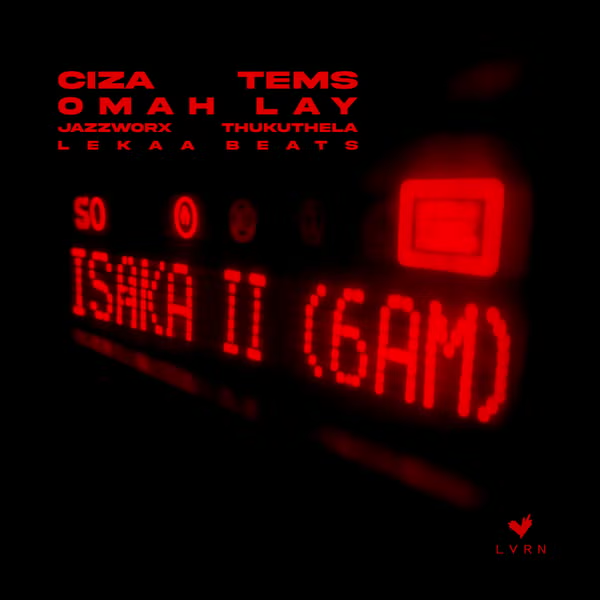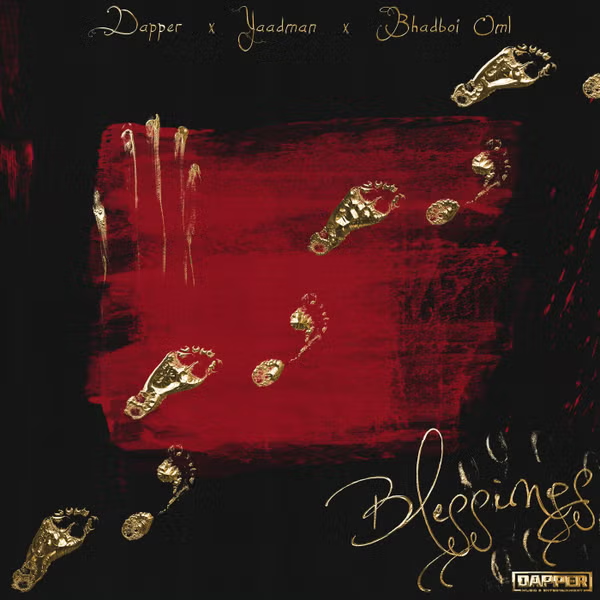Debus is a traditional martial art performance that relates to body invulnerability as a means of self-defense for Banten people. It is a combination of dance art, vocal and spiritual arts with a magic ambiance. Debus is an art performance showing body invulnerability through strokes, stabs, and cuts by sharp objects.
The idea is that if you fully trust God with your life, He will not let you be harmed. Participants are sliced with knives, eat fire, eat glass, insert needles into their cheeks, but still manage to walk away unharmed! In its performance, Debus shows a lot of body invulnerability acts by its performer.
In the times of Sultan Ageng Tirtayasa’s reign, around the 17th century (1651 – 1652), debus was focused as means to build patriotism in fight debut has been one of the several cultural arts from Banten making it one of the favorite, rare and unique entertainment for Banten people. In Banten, Debus develop in Lebak Regency, Pandeglang, Cilegon City, and several Districts in Serang Regency such as Walantaka, Kragilan, Curug, etc.
Here as we saw, A child that his neck was sliced off with a dagger. But his not wounded and no blood no pain. This is why Debus was so popular among people and also as a tourist attraction.
Of all the cultural traditions of Banten, the one that outsiders find most fascinating and frightening is the Debus performance, in which the practitioners engage in such gruesome feats of self-immolation as skewering themselves with metal spikes, walking on coals, and allowing themselves to be beaten with a sled hammer while lying on a bed of nails, all without appearing to suffer bodily damage.
“Originally, Debus was used to attract new followers to Islam. It struck fear in the hearts of our foes and inspired respect for the power of the new religion. All members of the audience were required to be Muslims.
This extraordinary art is said to have been developed in the 16th century during the reign of the first sultan of Banten, Sultan Maulana Hasanudin (1532-1570). During the reign of Sultan Ageng Tirtayasa in the 17th century, Debus was used as a method to galvanize the spirit of resistance against Dutch colonial powers. The term Debus is said to be derived from the Arab word ‘dablus’ which is a sharp iron lance that has a round handle at its base.
This is believed to be the object used in the art of Debus. Although other such feats are also found in a number of other Indonesian provinces, including in Nanggroe Aceh Darussalam, North Sumatra, West Sumatra, and Singkawang in West Kalimantan, yet most respected and feared is the Debus of Banten.
So, if you are interested to see the performance, come to Banten, West Java, Indonesia.

































